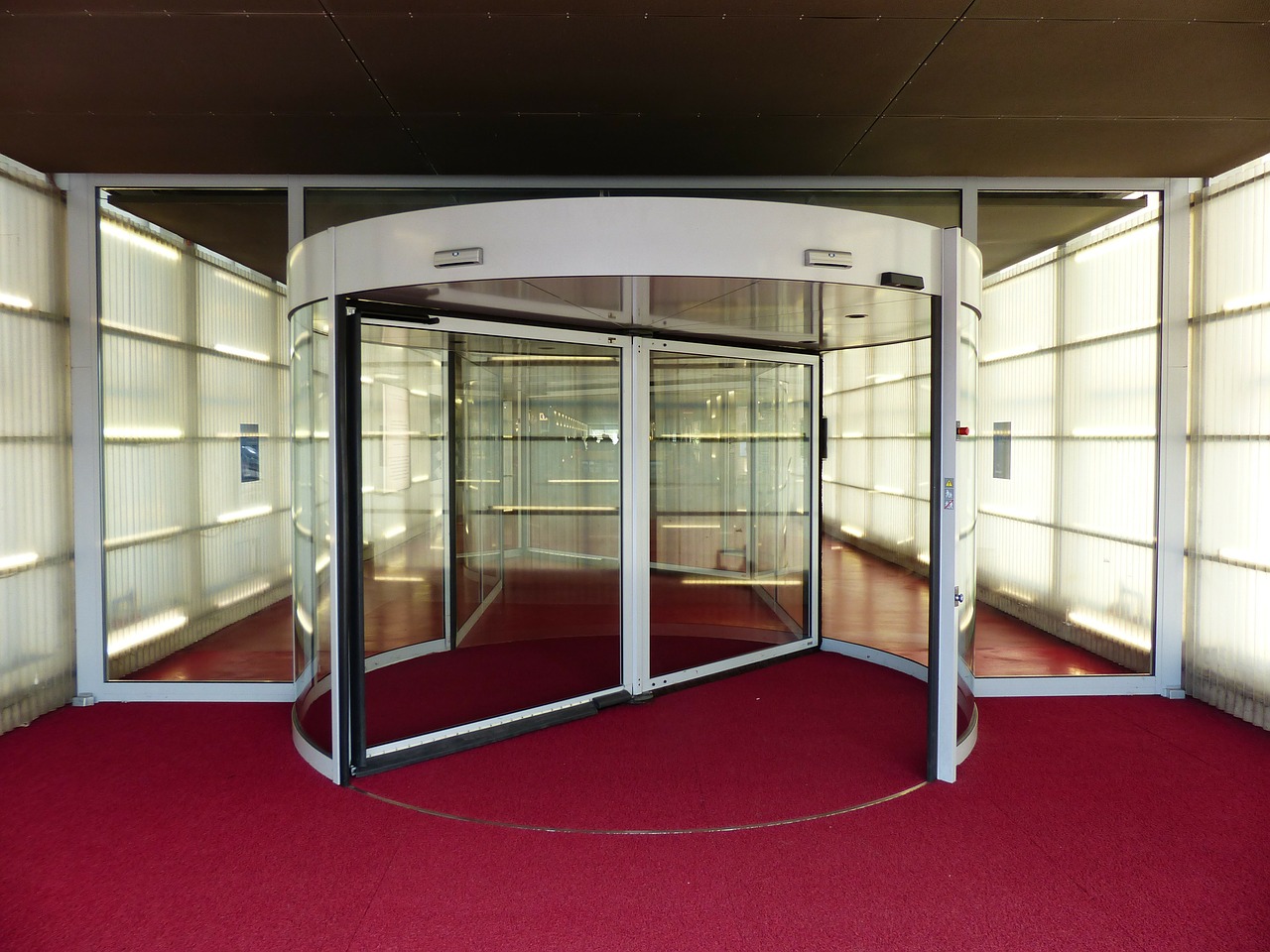
For many of you, working as a radiologist will be your first full-time job. You are finally going to enter the real world. And, if you have not worked outside the world of training and education, you may be in for a few surprises. First of all, most practices’ mission is very different from your residencies, medical schools, and universities. Your boss will no longer be a teaching physician. Instead of educating students, your first position’s goal is most likely good patient care and earning a living.
Additionally, some of the rules and regulations you will need to follow along the way are also not the same. And many of these rules are unwritten. One of the biggest faux pas of new radiologists is going straight to the top without consulting your boss in the chain of command. Of course, sometimes, there are extenuating circumstances. But, for the most part, it does not serve your needs. Let’s go through some of the reasons why!
Hard Feelings
First and foremost, most bosses don’t like it when a senior manager tells them what to do when they could have managed the situation by themselves. Say, for instance, you decided to go directly to your chairman instead of the chief of nuclear medicine to tell her about an unruly technologist that yells at patients. And then the chairman decides to deal with the issue. Well, you are leaving the chief of nuclear medicine out of the equation. How do you think your boss would feel if the chairperson decides on the matter without consulting your boss. Or if she consults with your boss without you involved. Either way, you may cause a bit of bad blood in the department. That is poor communication!
People At The Top Often Don’t Have Time For All The Details
As y0u go higher up the chain of command, many leaders have much less time to deal with the day-to-day clinical work. Many chairpersons deal more with hiring and firing, salaries and negotiations, and budgetary issues rather than taking care of the daily needs in your ultrasound section. And, they have meetings and work that takes them away from your world. Why would you ask someone with less time to help you? The best person to ask if you are having an issue with an ultrasound machine is more likely to get an answer with the chief of ultrasound instead of a radiology chairman! Moreover, your direct boss usually has more time to deal with the situation.
Your Boss Knows More About Your Position
Your direct boss knows much more about what you do than the hospital president or the CEO of your private practice. Going directly to that person in charge will much more likely give you the answers you need than someone dealing with the business’s general issues. It’s always best to go to the source that knows what you do.
Builds A Better Relationship With Your Boss
Finally, you want to get to know your boss better? Well, the best way to do so is to communicate with him. Asking your senior questions when issues arise shows that you trust their opinions and feel like they are a valuable part of the team. What is a better way to build good relationships in your department?
Don’t Go Straight To The Top Unless Necessary!
There is a chain of command for a reason. Breaking it can cause undo hard feelings, give you the wrong answers, and prevent you from building better relationships within your department. So, think twice if you need a problem that you need to solve by going too far above the chain of command unless necessary. The outcomes may not be what you desire!















